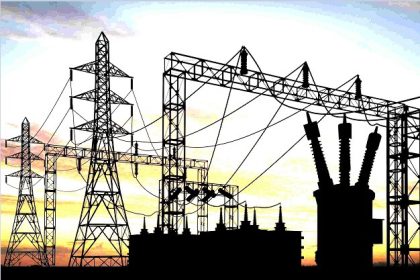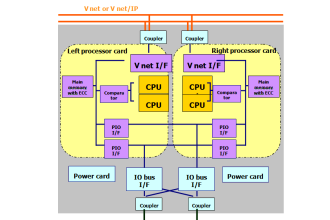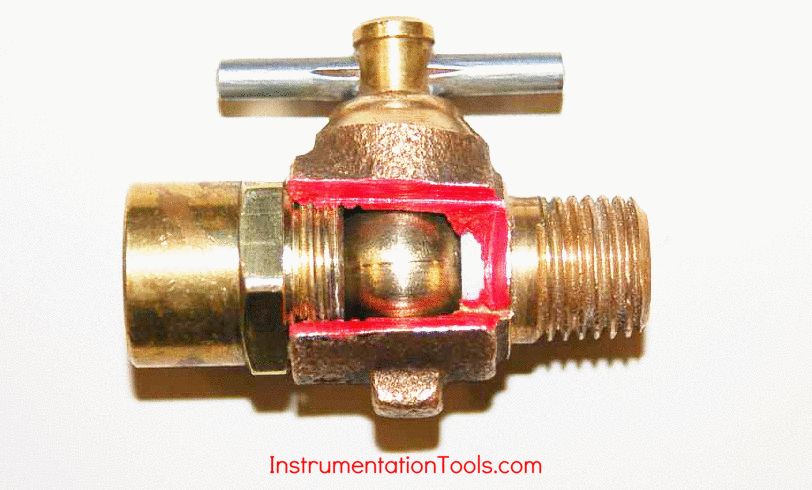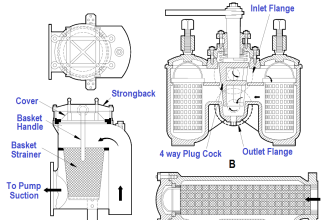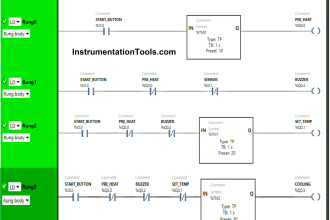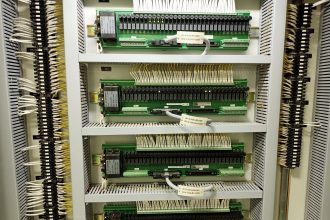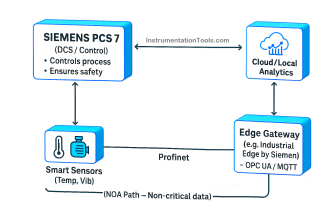High voltage transmission is employed to transfer the bilk power from sending end to receiving end with lesser losses. Generally power is transferred in ac because of the feasibility in stepping up the voltage and stepping down. However with increase in voltage levels beyond 400kV ac EHV transmission has certain disadvantages such as corona loss, insulation requirement for conductor, radio interference and heavy supporting structures (clearance required between phase to phase and phase to ground increases with increase in voltage).
Therefore for transmission with EHV voltages HVDC transmission is economical. Some other advantages includes:
Advantages:
- No Skin Effect: In HVDC transmission current distributes uniformly over the cross section of the conductor. Hence no loss due to skin effect is encountered. For the same current carrying capacity HVDC lines have lesser cross section compared to ac HV lines
- Lower Transmission Losses: HVDC transmission requires only two conductors. Therefore the power loss in dc line will be lesser compared to ac line
- Good voltage Regulation: In dc lines voltage drop does not exist due to inductive reactance. Voltage Regulation will be better in HVDC transmission
- Surge Impedance Loading: Long EHV lines are loaded to less than 80% of natural load. No such condition is applicable in HVDC transmission
- No Line Loading Limit: The permissible loading limit on EHV AC lines are limited by the transient stability limit and the line reactance to almost one third of the thermal rating of the conductors. No such limit exist in the case of HVDC line
- Lesser Coronal Loss and Radio Interference: Corona Loss directly proportional to frequency. Therefore in DC line corona loss will be lesser compared to AC line
- Higher Operating Voltages: Design of Insulation of the conductors for high voltage transmission lines depends on the switching surges but not on lightning surges (for voltages beyond 400kV switching surges are more severe than lightning surges). The level of switching surge will be lesser in dc line compared to ac line. Hence less insulation is required in dc line
- Reactive Power Compensation: Unlike AC line DC line does not require any reactive power compensation devices. This is because of the absence of charging currents and power factor operation.
- Short circuit currents during fault in dc line will be lesser compared to ac lines.
- Absence of the charging currents and limitations on the cable lengths
- Economical and greater reliability
